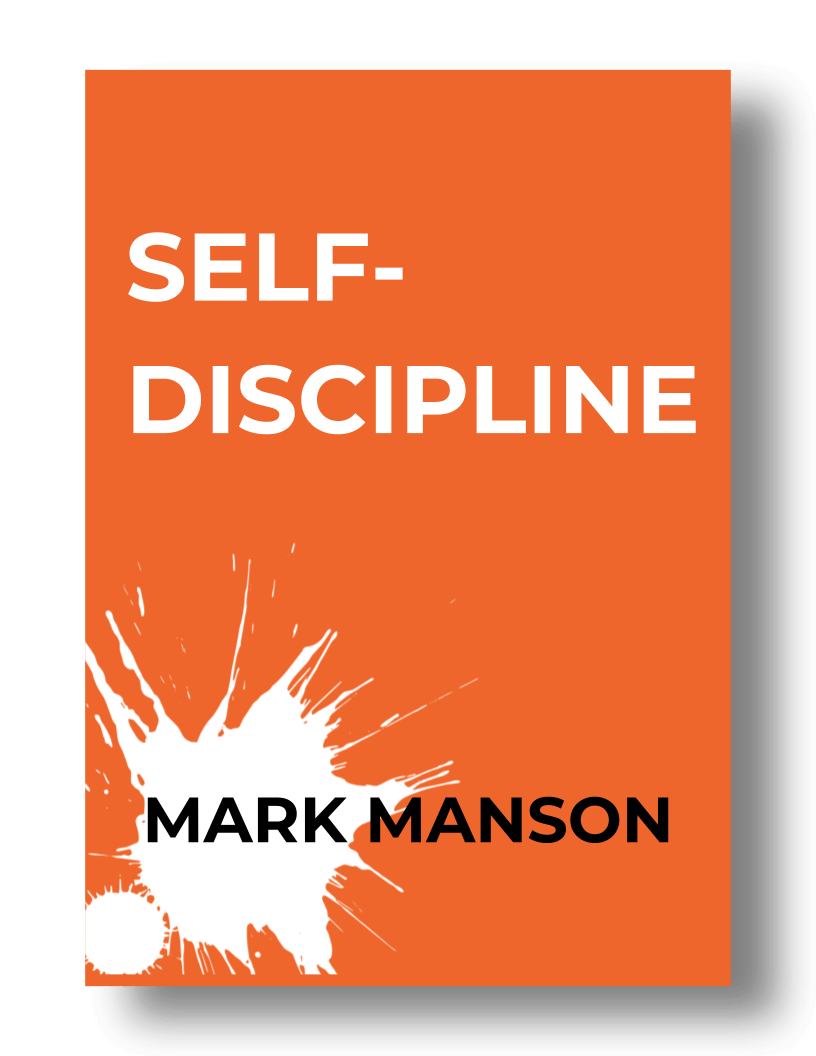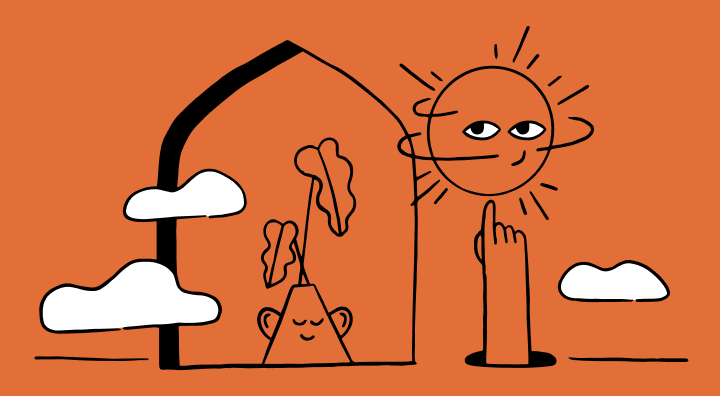Pain Is Part of the Process
You’ve probably never heard of Kazimierz Dąbrowski.
He was a psychologist from the 1940s with a fascinating background. He studied with Freud’s contemporaries in Vienna, worked with mentally ill patients, participated in the Polish resistance during World War II, was captured and tortured in a prisoner of war camp, and lost many friends and family members in the process.1
These traumatic experiences shaped his study of pain and trauma, leading to groundbreaking insights that are still relevant today.
One of those insights was Dąbrowski’s theory of Positive Disintegration,2 which goes against a lot of the conventional wisdom around suffering.
He argued that a certain amount of psychological pain is necessary for growth and self-improvement. According to Dąbrowski, some degree of pressure and stress could bring out the best in people, forcing them to confront their limitations and evolve.
While Western psychologists at the time focused on self-esteem and happiness, Dąbrowski emphasized the importance of being realistic about pain and its potential benefits.
His ideas were revolutionary but remained largely unknown due to the Iron Curtain separating Eastern and Western academics.
Eventually, Dąbrowski’s work would go on to inspire a field of research, post-traumatic growth, that would help countless people grow from their pain.
Here, I briefly go over some ideas on psychological pain from before and after Dąbrowski’s time that echo his stance—pain as a valuable part of the process of life—and highlight a few takeaways that you can apply to your own.
Post-Traumatic Growth: Unlocking the Hidden Potential of Pain
Post-traumatic growth theory explores how our pain can lead to greater character and well-being.
Instead of viewing pain and trauma as purely negative, post-traumatic growth emphasizes the transformative power of adversity.
By learning from our struggles and embracing the lessons they teach us, we can become better, more resilient people.
It’s far from a straightforward process, but many factors have been identified that contribute to it. I’ve written about them here if you’re interested in digging deeper.
Get Your Shit Together — Here’s How
Your information is protected and I never spam, ever. You can view my privacy policy here.

Buddha’s Wisdom on Perpetual Dissatisfaction
Buddha, a prince who seemingly had everything, realized that our minds are constantly attaching themselves to things, leading to perpetual dissatisfaction.3
He called this never-ending, suffering-laden cycle of life, death, and rebirth “samsara” and developed teachings to help people overcome it.
Buddha’s central message was about letting go of the mental pain and meaning we attach to our struggles. By recognizing that we have the power to decide how we interpret pain, we can use it as an opportunity for growth and self-improvement.
Do we see our struggles as pointless and blame everyone else for our suffering, or do we imbue them with meaning and take on the responsibility of dealing with the inevitable pain in our lives?
The choice is ours. And therein lies our power.
The “If I just do this, Then I’ll be happy” Game: A Human Quirk
The mental game we all play goes like this: If only we achieve a certain goal or reach a specific milestone, we’ll be happy.
Unfortunately, we often overlook the problems and sacrifices that come with these goals. This constant yearning for something more or better is both a blessing and a curse.
On the one hand, it keeps us motivated to survive and improve, but on the other, it can prevent us from finding lasting happiness and contentment.
The trick is to realize that happiness is a byproduct of a full life, not a goal in itself. It’s one of those things in life where the more we run toward them, the further they move away.
Let go of the illusion that if only you had X, you’d be happy. Accept your pain as part and parcel of life. Then let happiness find you.
- Kazimierz Dąbrowski. (2023). In Wikipedia.↵
- Dabrowski, K. (1964). Positive disintegration (p. 132). Little, Brown.↵
- The Buddha. (2023). In Wikipedia.↵
